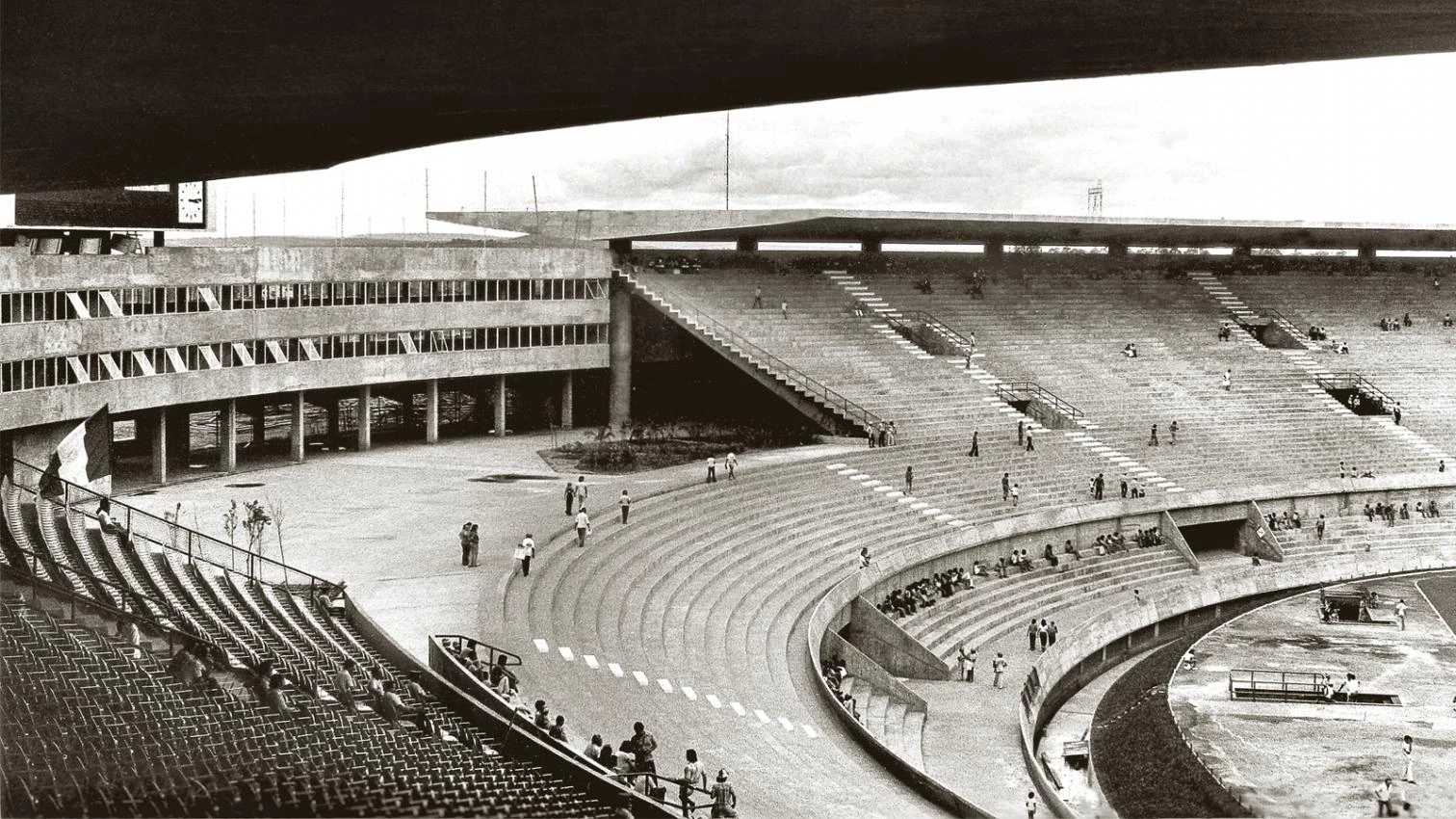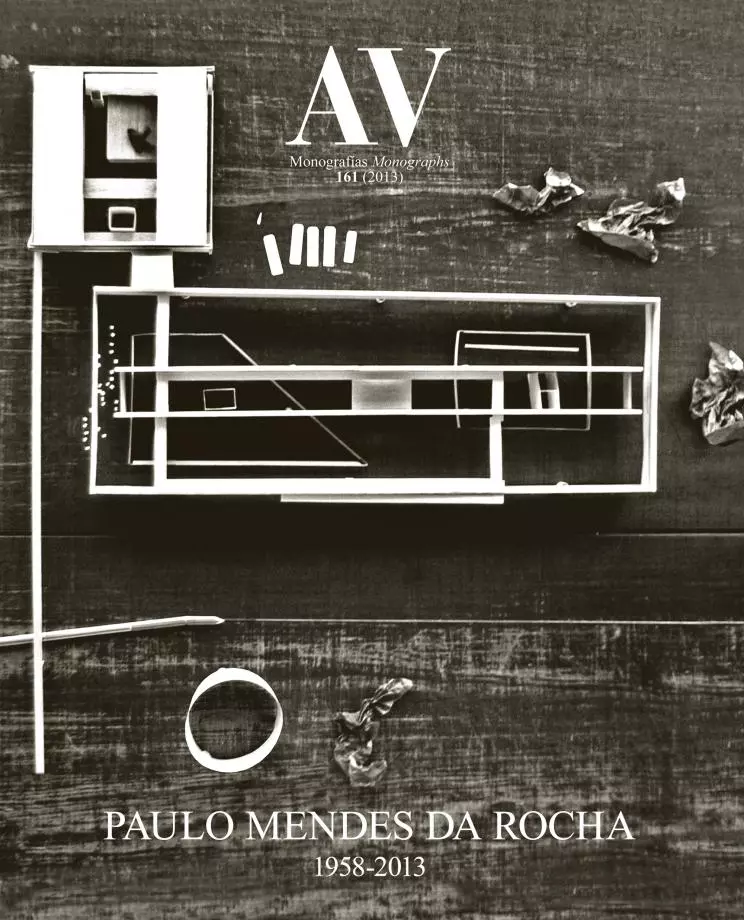Little Big Man

Paulo Mendes da Rocha is a slight man who has built colossal works. Delicate and brutal, his architecture expresses with bold refinement the convictions and dreams of the generation that was young during the turbulent sixties of the past century. Attentive to the logic of technique, and fascinated by structural challenges, those youngsters often assumed a critical stance towards industrial society, and a political commitment against established power that took the streets in Paris, Prague or Mexico City, also fueling the resistance against the military dictatorships of the time in South America. The Paulista School – which he would lead with Vilanova Artigas – would express that mood through structurally innovative buildings and daring programs, bent on merging the lyrical roughness of the last Le Corbusier (who would also inspire the constructive feats of Tange or Testa) with the subversion of the boundaries between private and public, city and landscape.
The titanic lightness of these constructions that open up to collective space, placing their rigorous geometries over the haphazard order of geography or urban form, reconcile the domestic with the political, but at the same time bring together structural challenge and meticulous detailing in a technical and poetic synthesis. This oxymoronic galaxy of oppositions expresses itself eloquently in the contrast between the tiny models used by the architect to imagine his works and the large plans of their structures, joining the wisdom of the artist with that of the engineer to shape inventions which, as García del Monte explains, do not need to be materialized to be considered buildings. In fact, the three works Wisnik highlights as essential are hard to be fully appreciated in their built form – the Paulistano Gymnasium is deteriorated and difficult to access, the Osaka Pavilion was demolished, and the Sculpture Museum has been sadly altered –, but this in no way changes their timeless value.
Working as always from his dilapidated studio of São Paulo, this architect committed to his country and his people received in 2006 the Pritzker Prize in the solemn halls of Istanbul’s Dolmabahçe Palace, in the presence of the same Tayyip Erdogan who today faces a wave of protests not very different from those spreading across Brazil – in both cases motivated by urban conflicts –, and where the choreographer Erdem Gündüz has challenged the regime standing motionless on Taksim Square: just a ‘man standing’. Mendes da Rocha inaugurated his most moving work in Japan in 1970, and that year Arthur Penn released Little Big Man, with Dustin Hoffman as the embodiment of the dignified and brave individual, the standing citizen we find in Istanbul or in São Paulo; in the film, Chief Dan George is thwarted in his desire to offer himself to the Great Spirit: “Sometimes the magic works, and sometimes it doesn’t.” The little big architect from Brazil also uses magic, and whether it works or not, he is still standing.





